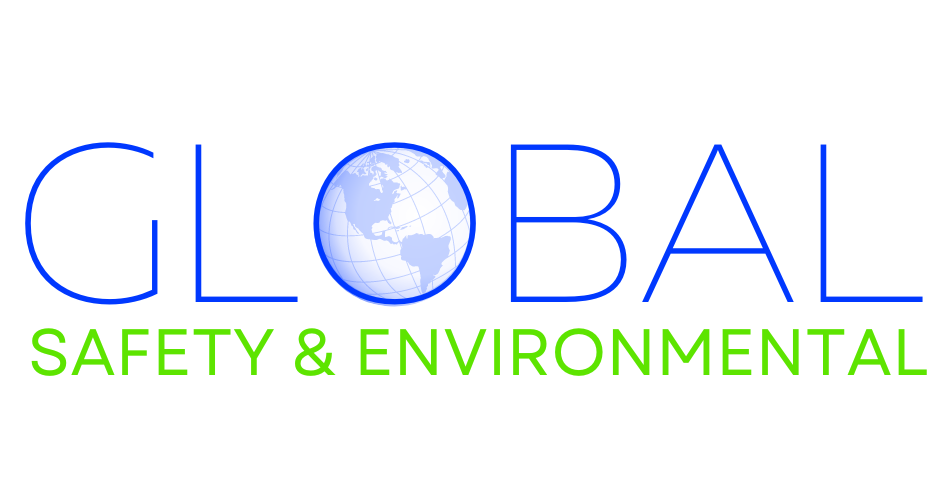Plastic Dust to Powder
Procedures: Dust and Powder
Methods to Help Minimize Generation and Release of Plastic Dust and Powder
This specifically focuses on methods to help minimize generation and release of plastic dust and powder. There are several approaches that can be taken. You may wish to consider whether other ways are more appropriate for your operations. Consult with the manufacturer of the resin you are handling for specific handling, containment and disposal information.
For purposes of this discussion:
Plastic Dust is particulate matter that may be formed when plastics are handled, conveyed and/or processed. One of the most common means of generation is via abrasion during the air conveying of plastic pellets and flakes. In addition to conveying, plastic dust may be generated when plastic raw materials or finished products are:
- Granulated
- Pelletized
- Cut
- Machined
- Filed
- Transported
Plastic Powder is a form of plastic raw material used in operations where a fine particle size is critical for processing. Plastic powder can escape plastic handling or processing equipment. If that occurs; handling, containment and recovery considerations are similar to plastic dust. Typically powders may escape through:
- leaks in storage silos, tanks and containers
- leaks in pneumatic or mechanical conveyors
- leaks in blenders or other processing equipment during loading/unloading operations or transfer operations.
Methods to Consider for Minimizing the Generation of Plastic Dust
The best way to control dust is to minimize its creation in the first place. There are several approaches that can be taken to help minimize the generation of plastic dust. For example:
- When pelletizing or flaking, keep cutting equipment in good condition with sharp blades
- Design conveying systems to treat the plastic gently and take other steps to help avoid collisions and impacts with hard surfaces and other pellets, flakes and powder, thereby avoiding plastic fracture. Methods to consider, can include, use of long sweep elbows and avoid having the plastic pass through a blower
- Use appropriately sized granulators
- When machining plastics, use an appropriate machine set up for the material and provide appropriate waste collection equipment
- Store plastics and additives in appropriate containers maintained in good condition
- Promote awareness to employees of methods of handling and processing of the plastic to help minimize dust creation.
Methods to Consider for Minimizing the Release of Plastic Dust and Powder
There are several approaches that can be taken to help minimize the release of plastic dust and powder. For example:
- Keep storage silos, tanks and containers in good condition, to help avoid holes, cracks or leaks
- Maintain loading/unloading and transfer equipment with good seals to help avoid leaks
- Conveying equipment should be appropriate for the task and maintained in good condition
- Place collection trays under discharge/loading valves and connection points when making or breaking connections
- Use processing equipment (and the equipment that feeds it) that helps minimize the release of dust/powder
- Clean up all spills promptly; wind and traffic can quickly disperse dusts and powders
- Encourage employees and/or contractors to look for dust/powder leaks and to correct any that occur
- Promote employee awareness of training and reminders regarding the need to prevent dust/powder from escaping into the environment.
Methods to Consider for the Capture and Containment of Plastic Dust
Plastic dust creation can be minimized but not eliminated entirely. There are several approaches that can be taken to help in the capture and containment of plastic dust.1 For example:
- Use properly designed and sized dust collection equipment in all operations that generate or liberate plastic dust
- Maintain the dust collection equipment according to manufacturers’ recommendations
- Use the recommended filters for the type and amount of dust generated
- Clean or replace filters or other collection equipment as needed
- Promote awareness of procedures for clean-up of plastic dust spills, or plastic dust that has settled on surface in and around the plant
- Promote maintenance/housekeeping procedures that minimize dust accumulation around the facility
- Store captured plastic dust in containers that are designed to help minimize leaks;
- Promote employee awareness in procedures for handling plastic dust, including industrial hygiene considerations
- Comply with applicable federal, state and local regulations for containment systems.
Disposal
Proper disposal of plastic dust and powder can be critical to help minimize the amount released to the environment. Choosing a disposal method involves considering the materials that constitute the dust /powder and the disposal requirements of those materials.
- Review the MSDS for each type of plastic used in the process.
- Dispose of dust or powder using a method that complies with all federal, state and local regulations and guidelines and/or applicable codes and standards.
